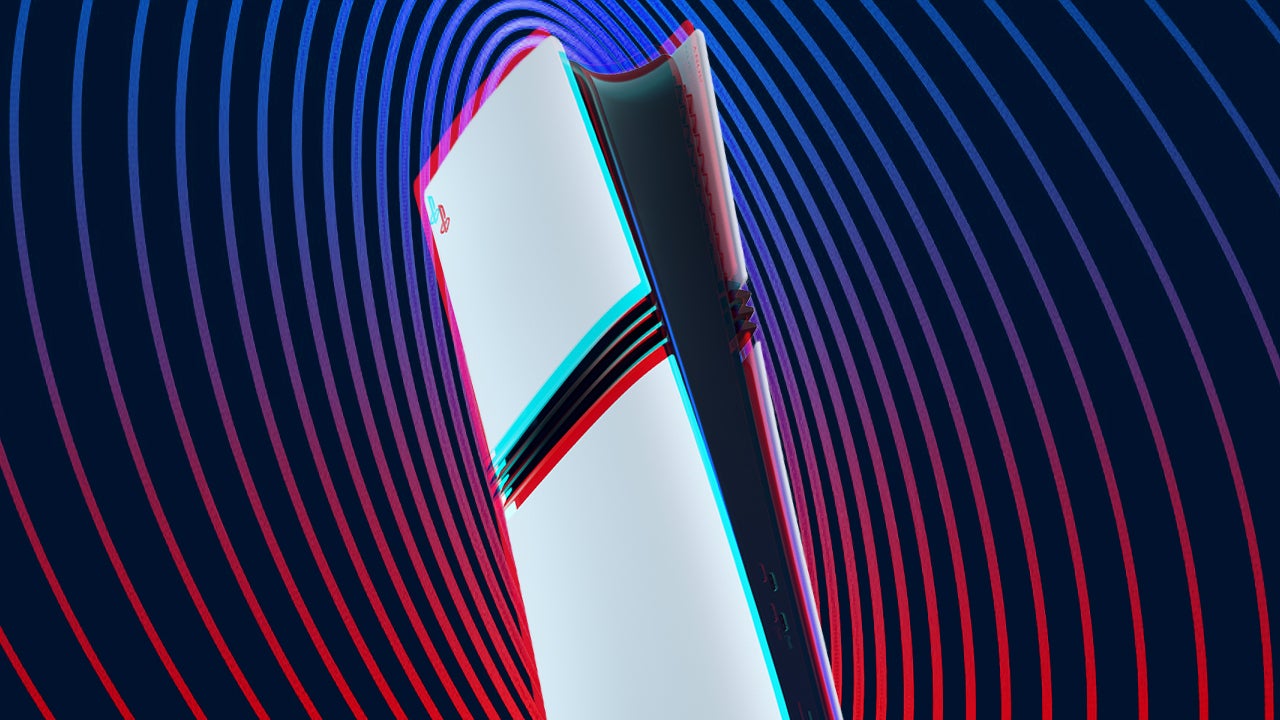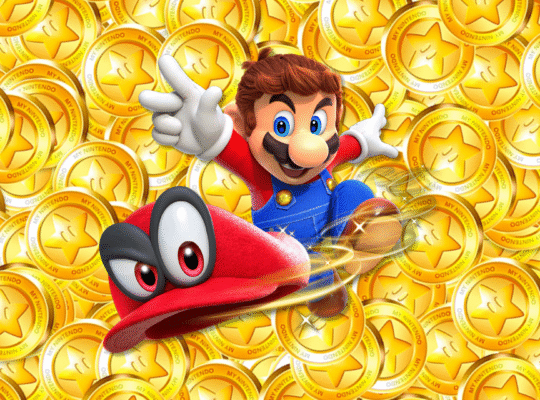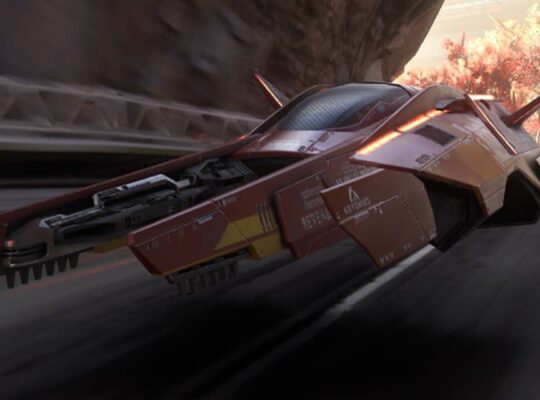When Sony finally announced the PlayStation 5 Pro in mid-September, it was hardly a surprise; after all, Sony’s new, more powerful PS5 had been rumored for months. But if PlayStation Senior Principal Product Manager Toshi Aoki is to be believed, the PS5 Pro has been in the works longer than anyone could have guessed, revealing that it had been under discussion even before the original PS5 was released in 2020.
“We started discussing it before the PS5 actually came out…because the PS5 specs were already locked in. We were ready to launch and everything. […] We knew, of course, as you mentioned, technologies evolve every year,” Aoki explains, saying that PlayStation “can’t really stop” when it comes to technological innovation.
Aoki was on hand to help break down PlayStation’s new premium console, which features a more powerful GPU, AI upscaling, and other improvements. Speaking with IGN, he talked about some of the technology advancements that were not yet available when the base PS5 was still under development.
“I think it’s more from the technological point of view of… Even the AI upscaling, it’s not easy…it takes time to get there…So as we were trying to target the best of both worlds…that’s why we invested in seeing the other ways that we can get games into that space for high fidelity 60 FPS. That’s why AI upscaling was the option that we took and we looked into and developed.”
The AI upscaling that Aoki refers to, called PlayStation Spectral Super Revolution (PSSR), is perhaps the PS5 Pro’s biggest selling point. As the rough equivalent to Nvidia’s DLSS and AMD’s FSR, it gives developers the tools they need to upscale their games without sacrificing overall performance. It comes up again and again when individual developers talk about the material improvements that the PS5 Pro has to offer.
…right now we are really focused on the main use cases, which is 4K TV owners having that high-level visual fidelity and playing at [60 FPS]
Aoki says that PSSR is similar in many ways to its competition, the main difference being that it’s trained specifically on PlaySation games, with the end result being that it “works more closely with the games on PS5.” Gran Turismo 7 was among the games playable at Sony’s event, with the PS5 Pro’s upscaling capabilities cranking it up to 8K 60fps. Don’t expect too many games in that realm — even Aoki admits that the technology is in its “infancy” — but it’s still impressive to see in motion.
“So even with the PS5 Pro, we do have 8K games support, but that’s not our headline. It’s more of the cherry on the cake…if you are one of the small percentage of people who have an 8K TV, you could get that from supported games. It is something that we have to work together with developers and also the TV manufacturers in the future….But right now we are really focused on the main use cases, which is 4K TV owners having that high-level visual fidelity and playing at [60 FPS].”
In the meantime, the PS5 Pro generally favors improvements to the GPU over the CPU. Aoki says that the PS5 Pro contains “dedicated custom hardware” co-developed with AMD that is in the GPU block, and that games will be patched to use that part of the block. Insomniac is among the developers with ideas on how to further improve Spider-Man 2 even after the PS5 Pro’s release, with Director of Core Technology Mike Fitzgerald saying that that the ray tracing capabilities of the PS5 Pro are “sort of a level above the standard PS5” and that the team has some “cool ideas about what we can do with that.”
Guerrilla Games, for its part, is using the PS5 Pro to do away with checkerboard rendering — an upscaling technique common during the PS4 Pro era — to focus on rendering Horizon: Forbidden West in 4K. The PS5 Pro update also features notably less jittering and artifacting than previous versions, including in cutscenes.
“So in cinematics, in close-ups of Aloy and all the other characters, there’s a lot more smooth and stable imagery…So yeah, it makes us very happy that we were able to do this,” says Lead Lighting Artist Roderick van der Steen.
Guerrilla, of course, has a long history of using PlayStation’s technology to the fullest, so it’s no surprise that its engineering team seems to have the most ideas out of any developer on how to take advantage of the PS5 Pro’s added capabilities.
“These things are very exciting to use, like if you get a toy box, which is a whole bunch of extra power and see what to do with it,” says Guerrilla Technical Director Michiel van der Leeuw. “Of course, I think the PS5 version in performance mode already looks really good. But yeah, if you have a lot more power, then you can do a lot more to make it look even better.”
Sony responds to questions about the CPU and developer support
On the flip side, the PS5 Pro’s CPU remains unchanged, leading to concerns that it may bottleneck hungrier games like Warhammer 40K: Space Marine 2. Aoki says that games can run at a “slightly faster clock,” but that ultimately the GPU is the big difference and the PS5 Pro retains roughly the same hardware configuration.
Support for the PS5 Pro’s more impressive features may also be inconsistent outside of first-party releases. Sony expects PS5 support for between 40 and 50 games at launch, including high-profile 2024 games like Final Fantasy VII Rebirth and Dragon’s Dogma 2. Aoki says they can benefit in other ways, though.
“Even if the game does not support the enhanced directly, there is a game boost feature which makes the current PS5 games and PS4 games run at a higher clock rate. So if those games also have dynamic resolution or variable frame rates, those games also will get a boost and run better,” he says.
Still, not everyone can easily spot the difference between a PS5 and a PS5 Pro enhanced game. While Final Fantasy VII Rebirth looks noticeably better on Sony’s new console, other games mostly offer framerate improvements with only subtle improvements to the graphics. Asked for his reaction, Aoki said that “feeling or experiencing” the PS5 Pro’s enhancements is really important.
“When you actually see players’ preferences through data, a lot of players are playing with 60 FPS because they want that smoother responsiveness, but they’re not getting the resolution that they would probably want as well,” Aoki says.
As for the sometimes subtle enhancements to the graphics, Aoki acknowledges that it’s not always easy to convey such improvements. “It’s hard to message that out with just the video clips, I think…a lot of players are seeing it on small screens or on phones…how we can showcase interactive entertainment to the players through these devices is a challenge that we all have faced.”
It’s hard to message that out with just the video clips, I think…a lot of players are seeing it on small screens or on phones as well…
Then there’s the issue of the price. When Sony announced that the PS5 Pro would retail at $700, with the disc drive and vertical stand sold separately, the negative reaction was swift. Asked what about the PS5 Pro justifies a price tag of up to $800, Aoki said, “Well, the technologies that I just mentioned that we are putting in to deliver new experiences for game players, and also not just the technological differences, but the SSD, the Wi-Fi 7, and the new technologies that surround the gameplay as well. So it’s more of a full package that will give that exceptional value to the players… the most engaged players that we’re targeting.”
The decision to package the disc drive and vertical stand separately, he says, is a matter of “giving players choices.”
“Well, with the PS5 Pro, we are offering all these new tech innovations, and we added the two terabyte SSD, as well as the Wi-Fi 7. We believe as a full package that it offers for the most players,” he says. “For the disc drive, it is an option for players. Not all players have discs, even though most players may…but we have the option for being able to add that for those players. So I think it’s more of the balance of the value proposition that we’re giving.”
Ahead of the PS5 Pro’s announcement, we spent some time digging into the issue of rising prices, finding that supply issues and other factors including the weakened yen are likely to be at least partly to blame. At least one analyst also suggested that “lack of competition” may have made it easier for Sony to raise prices. PlayStation, for its part, did not offer further details on the reasoning behind the price point during the event, instead directing IGN back to Aoki’s comment.
One way or another, Sony is forging ahead with its mid-gen refresh, and its powerful first-party studios are following suit. You can read our full hands-on impressions here, and you can expect lots of more coverage here on IGN ahead of its release on November 7. In the meantime, check out all the best releases of 2024 so far.
This interview has been lightly edited for clarity.
Kat Bailey is IGN’s News Director as well as co-host of Nintendo Voice Chat. Have a tip? Send her a DM at @the_katbot.












